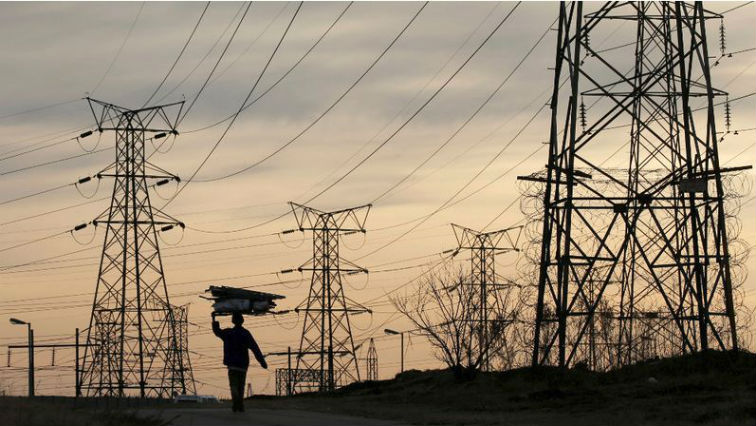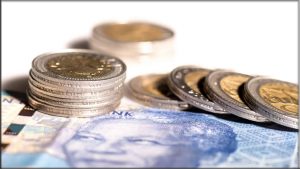The recent bout of loadshedding brings to the fore Eskom‘s precarious financial situation. Eskom provides about 95% of the electricity distributed in the country and its inability to keep up with demand impacts on the economy at large.
Eskom’s failure to maintain existing generators and bring new generation capacity on-line timeously forces it to rely on expensive gas turbines. These are expensive to run and using them aggravates the companies financial difficulties. This weekend diesel costs for the turbines may amount to as much as R100-million each day.
Various solution to Eskom’s woes have been proposed. These range from privatising the entity (an option that was ruled out earlier in the week), breaking it into smaller entities or having the state (i.e. the taxpayer) take on Eskom’s debt or otherwise bail the company out.
While the latter options may be result in a quick remedy it holds other dangers. The investment house PriceWaterhouseCoopers (PWC) recently warned that the state bailing Eskom out is very likely to result in Moody’s cutting our credit rating. At the beginning of the year, Moody graded South Africa as investment grade with a stable outlook.
Downgrading the country to sub-investment grade (often referred to as ‘junk’ status) will make capital (and thus investment) more difficult to obtain and more expensive. Most importantly if South Africa’s sovereign rating is downgraded then all entities in this country (SOE’s, municipalities etc.) will also have their credit ratings cut to sub-investment grade.
PWC’s caution is heavily informed by the size of the Eskom debt and the fact that the state already carries massive debt like those of South African Airways (SAA) and the Public Investment Corporation (PIC). Bailing Eskom out will add significantly to this burden and undermine the countries financial health in areas extending well beyond electricity services.
Moodys is the last of the three big rating agencies to rate South Africa as ‘investment grade’. Both Fitch and Standard & Poors give us a sovereign rating of below investment grade. The downgrading by Moodys will thus come as a massive shock just as the drive to attract Foreign Direct Investment (FDI) is accelerated.
If Moodys downgrades South Africa’s sovereign rating it will join BRICS partners India and Brazil with ‘junk’ status. The other two BRICS partners, Russia and China have notably better credit ratings.
China is rated A1 or “upper medium grade” and Russia, despite being subject to sanctions, is rated Baa3 or ‘Lower medium grade’. The countries with the best (prime) credit ratings include the USA and Switzerland (but not the UK).
The map below shows Moodys credit ratings across the globe.
While a state bailout of Eskom may address the immediate issue of loadshedding, the long term impact may be devastating. If the bailout results in a credit downgrade the impact of rescuing Eskom may be felt across the financial sector. This will undermine efforts to revitalise the economy for at least five years.
The challenge is to assess whether the impact of bailing Eskom out is less detrimental than not doing so. The first option will alleviate load shedding while undermining the economy and the second will ensure loadshedding continues and, in the process, restrict economic growth with the possibility of Eskom being placed in business rescue.






